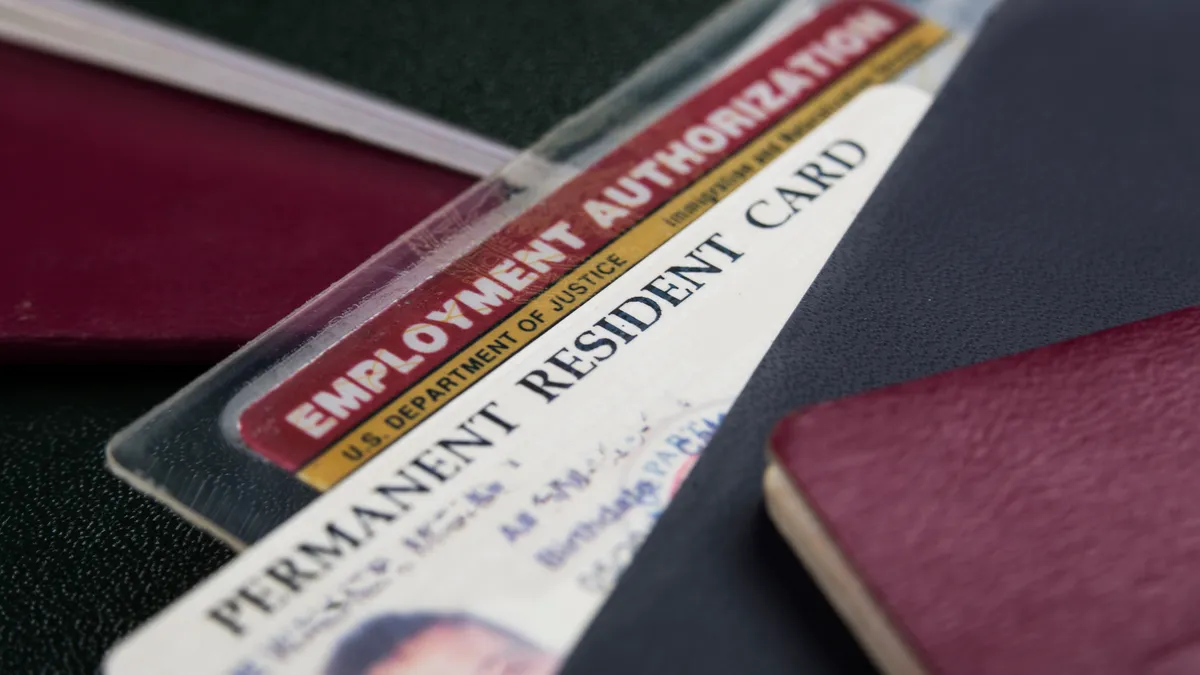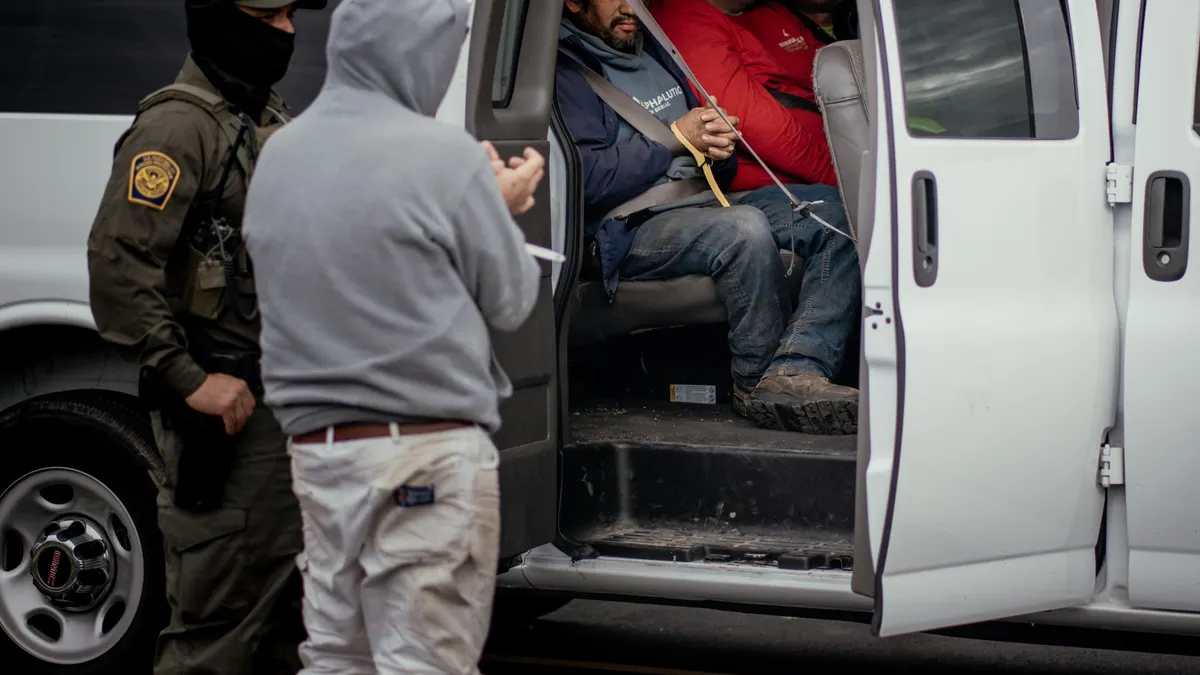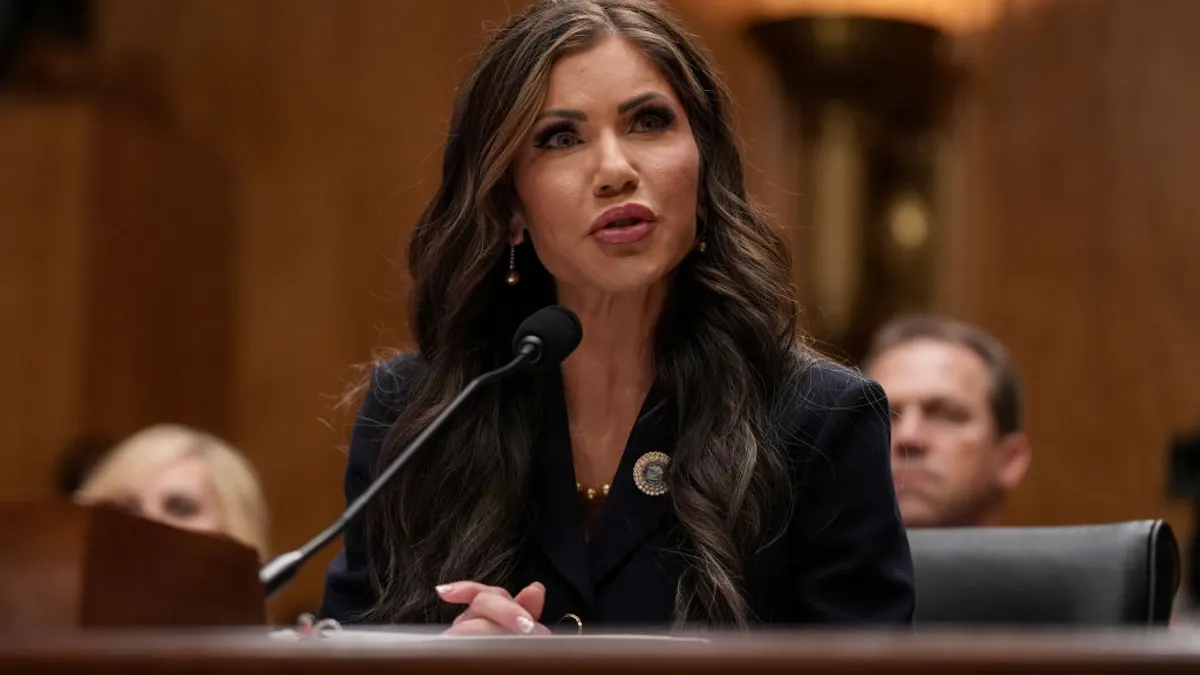The U.S. Equal Employment Opportunity Commission should consider the many obstacles immigrant workers and people of color face when attempting to rectify discrimination and harassment at work, witnesses said during the early portion of a virtual session Monday.
Immigrant workers of color are often unaware of their rights, said Marisa Diaz, senior staff attorney at the nonprofit Legal Aid at Work, which may mean that unscrupulous employers are more likely to take advantage of them. Overrepresentation in low-wage jobs can leave immigrant workers in a more financially precarious position if they miss out on just one paycheck.
These workers also may possess less formal education than other U.S. workers, making it more difficult for them to navigate the country’s legal system when seeking enforcement of their rights, Diaz added. When they do attempt to assert those rights, immigrant workers can face repercussions beyond lost wages. For instance, such workers may be ineligible for unemployment insurance, Diaz said, and even those authorized for the benefits may fear attempting to access them.
“As the 9th [U.S. Circuit Court of Appeals] in Rivera v. Nibco and other courts have recognized, this threat chills both documented and undocumented workers’ rights,” Diaz said. “And we unfortunately see this type of retaliation come up time and again in the cases that we work on.”
Similarly, those with limited English proficiency face a variety of obstacles in work environments where English is the predominant language, she added, while those who work in rural areas may lack access to legal services that could help them.
A combination of two or more of these factors should allow a workers’ case to weigh in favor of prioritization from the EEOC, Diaz said; “That is because the confluence of these factors indicates a substantial vulnerability to workplace discrimination and a special need for the agency’s strategic enforcement power.”
Monday’s event marked the second of three listening sessions EEOC is hosting as it prepares its upcoming Strategic Enforcement Plan, outlying the agency’s priorities through 2026. Last month, the commission traveled to Buffalo, where it heard testimony from local leaders and family members of victims of the city’s May 14 mass shooting.
Like the listening session in Buffalo, the commission’s second event demonstrated the number of ways that systemic inequality in broader society may create the conditions for discrimination at work. This dynamic may be further complicated by geographical and occupational factors.
For example, immigrant agricultural workers in Washington state continue to deal with incidences of sexual harassment and discrimination, according to Blanca Rodriguez, deputy director of advocacy at Columbia Legal Services. Companies in the space often contract with vendors to perform training and handle harassment complaints, but “what they do is not adequate,” Rodriguez said.
Separately, witnesses with the nonprofit California Rural Legal Assistance said they have observed high rates of violence, discrimination and mistreatment against Indigenous Latin American workers in the state. These workers are often targeted because they are linguistically and culturally isolated, said Marisa Lundin, director of CRLA’s Indigenous program. Managers and supervisors also may take advantage of the fact that Indigenous workers have limited access to agencies that provide relief for workers, Lundin noted.
Undocumented immigrant workers face additional challenges. These workers often fill low-income positions in a variety of industries, a sector that Chancee Martorell, founder and executive director of the Thai Community Development Center in Los Angeles, termed the “underground economy.”
Martorell said her work with Thai workers and other workers who identify as part of Asian and Pacific Islander communities revealed experiences of labor trafficking and “egregious forms of exploitation,” including subminimum wages, lack of overtime compensation and occupational hazards.
“Oftentimes [these] workers are exploited by their own co-ethnic employers, who also discriminate on the basis of pregnancy, disability, gender or age, ” Martorell said. “Kinship ties between workers and their co-ethnic employers commonly undermine the workers’ ability to report their abuses or to express their grievances.”
These concerns are not necessarily new to EEOC, however. In its SEP for 2017 to 2021, the agency included a focus on “job segregation, harassment, trafficking, pay, retaliation and other policies and practices against vulnerable workers, including immigrant and migrant workers, as well as persons perceived to be members of these groups, and against members of underserved communities.”
Asked how EEOC could better address these topics moving forward, witnesses said the agency could partner with community-based organizations.
“If you have a CBO side-by-side with you, because we have become the trusted voice, you will earn that trust from [undocumented immigrant workers] and then they will find it more credible, have more confidence and understand that their status would not matter should they come forward,” Martorell said.
EEOC should also be mindful that workers often don’t fully understand the distinction between it and other federal agencies, such as the Department of Homeland Security, Diaz said. Additionally, EEOC could support workers in their applications for immigration relief, if those applications are related to a workplace investigation, she added.
“Many workers are afraid of even stepping forward,” Diaz said. “If they do learn that one of their colleagues was able to step forward and is protected during that investigation, that is also helpful to the agency’s enforcement efforts and to workers’ rights on the ground.”






















